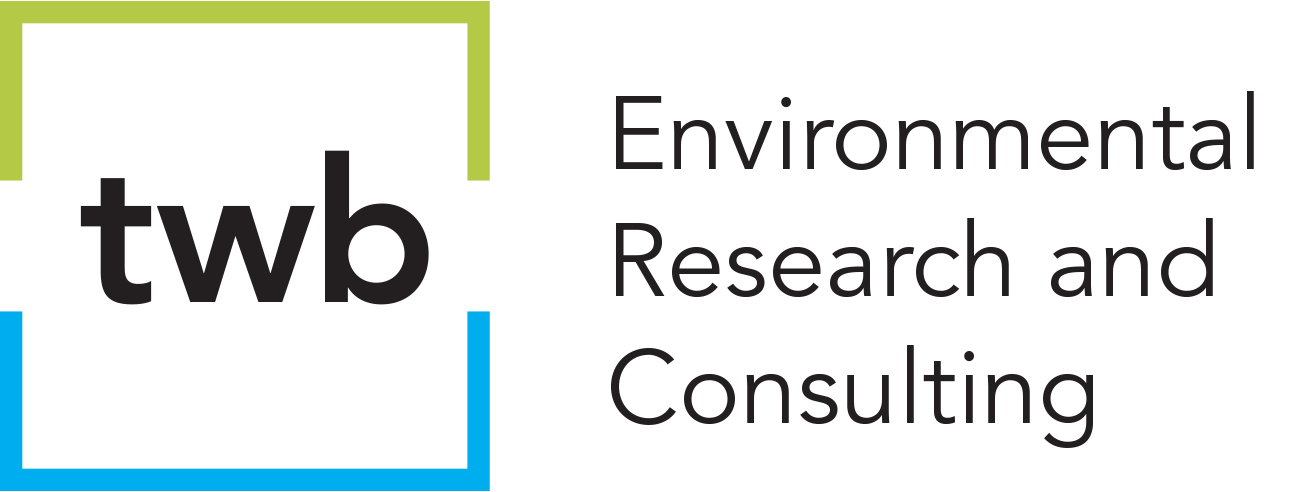Projects

Carlsbad Desalination Plant Wedgewire Screen Pilot Study
TWB conducted a 12-month pilot project to evaluate the performance of two different types of cylindrical wedgewire screens: a passive WWS with an airburst system and an active, self-cleaning WWS that rotated the screen cylinder against fixed brushes. TWB assisted the client with permitting, worked with the Owner’s Engineer on design, oversaw the installation and commissioning of the pilot equipment, and was the project lead for the 12-month O&M phase of the pilot project which included four subcontractors
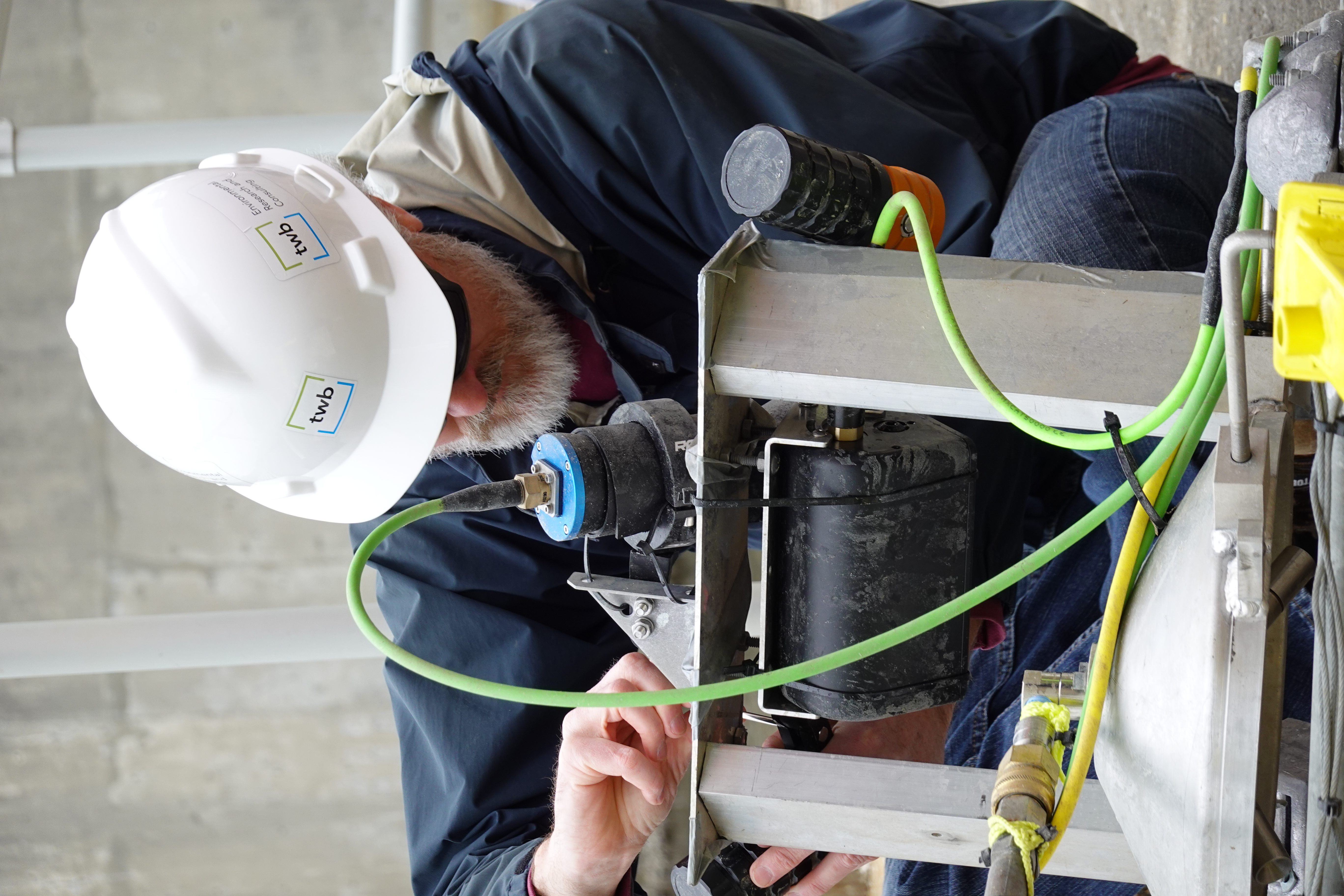
REMOTE TECHNOLOGIES FOR TRASH RACK CLEANING
TWB and Pecten Aquatic are working with the Electric Power Research Institute (EPRI) and offshore and diving service providers (SPs) to develop a unique remote platform either by adapting an existing remotely operated vehicle (ROV) or developing an alternative, novel design. This effort will also evaluate optimal cleaning tools for various types of biofouling. Where required, design changes will be made to provide the industry with a working prototype that can be built by SPs.

FORT BRAGG BLUE ECONOMY INTAKE AND DISCHARGE FEASIBILITY STUDY
TWB teamed with ASA Analysis and Communication, Inc. to evaluate solutions to withdraw ocean water (intake) and return treated wastewater back to the ocean (discharge) for the City of Fort Bragg, CA. This Northern CA coastal city has begun a economic redevelopment effort focused on the Blue Economy. To that end, seawater intake and discharge infrastrucutre will be critical to developing good-paying, Blue Economy jobs in areas such as aquaculture, marine research, and ocean education.

MOSS LANDING DESALINATION PLANT ENVIRONMENTAL COMPLIANCE
TWB worked with the developer to assemble a team of experts covering all aspects of the Moss Landing Desalination Plant design. TWB’s Tim Hogan spearheaded the effort to answer questions from the California Environmental Quality Act (CEQA) lead agency’s consultant about the design of various project features, keeping this project moving forward through the Environmental Impact Report process.

INTAKE OPERATION, MAINTENANCE, AND OPTIMIZATION INTEREST GROUP
Since 2017, TWB has been co-managing with the Electric Power Research Institute (EPRI) the Intake Screen Operation, Maintenance, and Optimization Interest Group (OMOIG). The OMOIG provides guidance to power plant operators on how to manage/mitigate risks associated with water intake screens becoming clogged with debris and how to optimize intake screen performance per the Clean Water Act’s 316(b) Rule. A recent product of many of the OMOIG efforts is the Best Management Practices Manual for Preventing Cooling Water Intake Blockages.
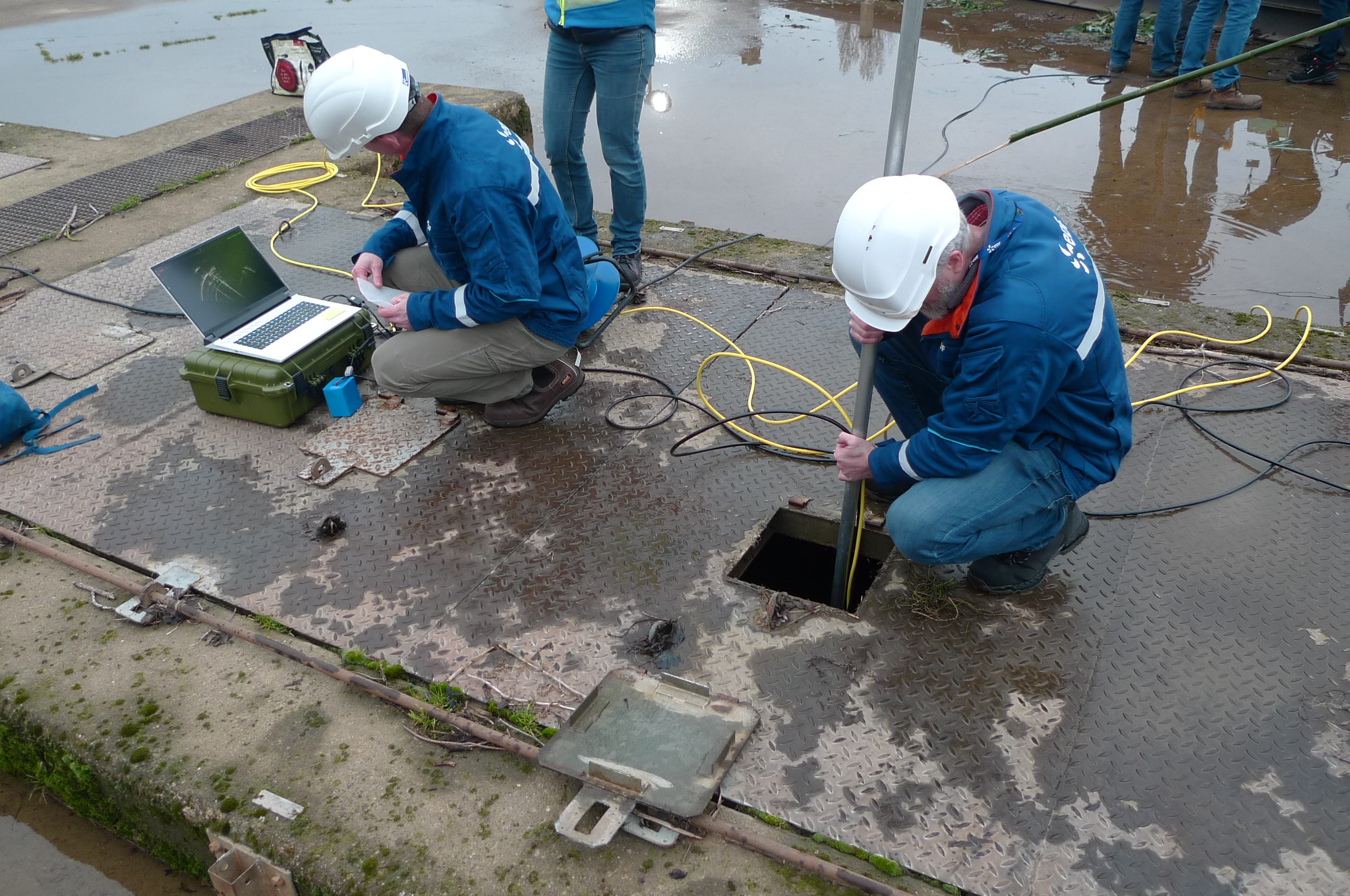
REFERENCE MANUAL FOR FORECASTING INTAKE DEBRIS EVENTS
TWB partnered with Pecten Aquatic to develop a reference manual for the Electric Power Research Institute (EPRI) on the topic of debris event forecasting (e.g., jellyfish, seaweed). The reference manual integrated information from facilities developing forecasting systems software developers, technology vendors, and available literature. Especially in this period of changing environmental conditions, the ability to forecast debris events can contribute to effective management of power plant operation, reduce plant downtime (and lost revenue), minimize damage to plant equipment, and improve safety.
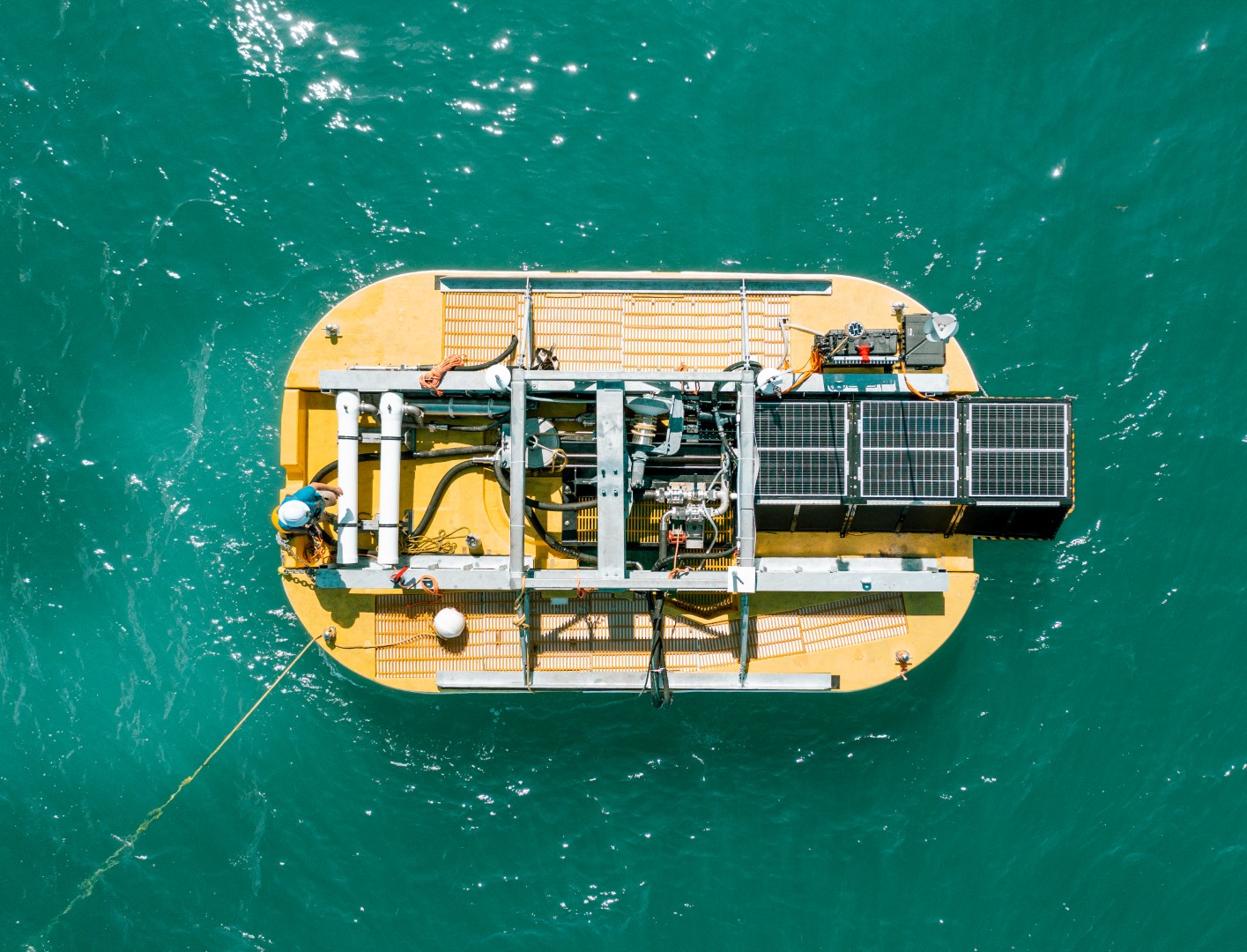
ONEKA TECHNOLOGIES WAVE-POWERED DESALINATION
TWB partnered with Miller Marine Science and Consulting to support Oneka Technologies in the permitting of wave-powered desalination buoys in California. The buoy is an innovative, greenhouse gas-free tool for generating reliable water supply for coastal communities. Most recently, we have assisted Oneka in securing grant funding from the CA Department of Water Resources for the implementation of a demonstration project in the City of Fort Bragg, CA.
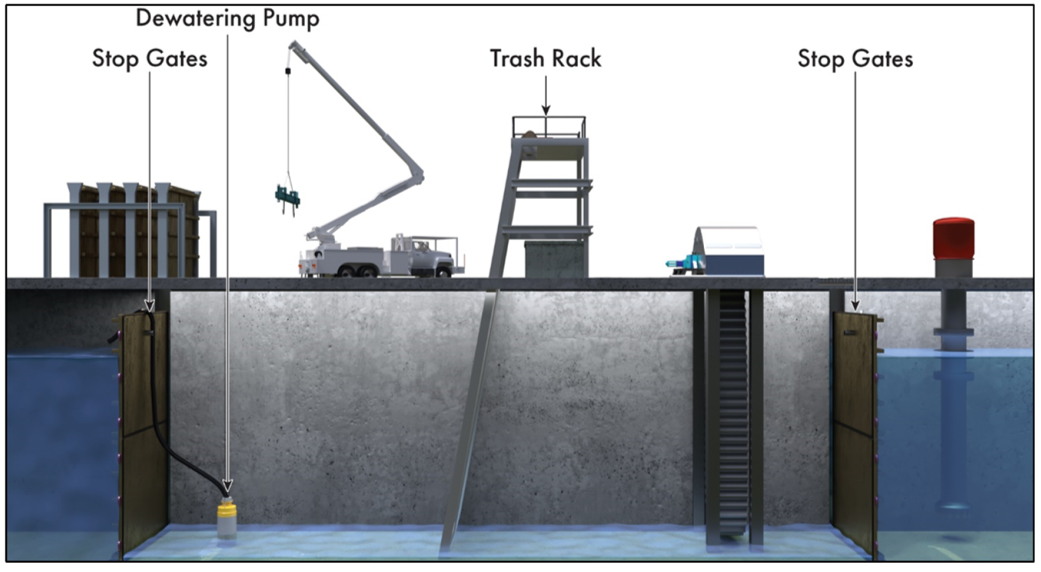
INTAKE MAINTENANCE GUIDES
TWB partnered with Pecten Aquatic to develop a series of guides for the Electric Power Research Institute (EPRI) that focus on the preventive maintenance of intake screening equipment. The three-volume series of guides reviews the latest intake screening technologies and covers maintenance requirements for stop gates, trash racks, trash rakes, traveling water screens, drum screens, and debris disposal equipment used at cooling water intake systems. The information will assist operators and maintenance staff in maintaining reliable equipment operation in an effort to minimize lost generation and uplanned outages.
